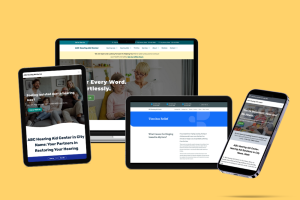7 Signs That It’s Time to Abandon Your Website

Why should you abandon your current website and upgrade to the latest, proven top-converting websites? For one simple reason: to attract more patients and get your practice where you want it to be.
When I was in college my friend Eric owned an old two-stroke, Swedish-made Saab. It was basically like driving a lawn mower. We didn’t get anywhere fast, but that under-powered car could take us everywhere we wanted to go. Or so we thought…

Read more


